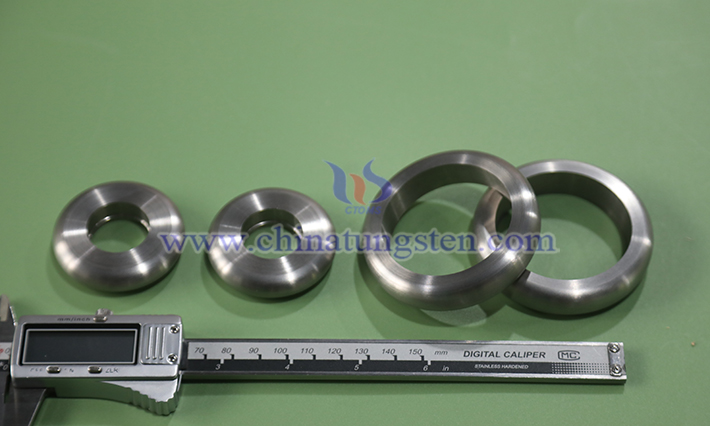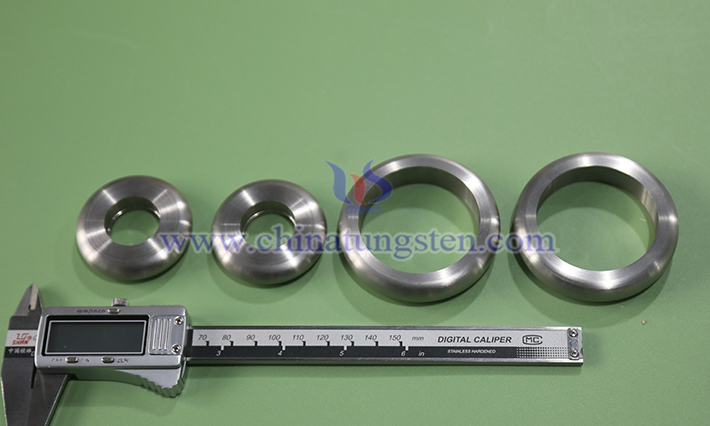Impact of Density on Tungsten-Nickel-Iron Alloy Applications
- Details
- Category: Tungsten Information
- Published on Friday, 04 July 2025 15:03
The density of tungsten-nickel-iron alloy, typically ranging from 17.0 to 18.5 g/cm³, is a critical factor influencing its application scenarios. This high-density characteristic profoundly impacts the alloy’s use across functional realization, structural design, and scenario adaptability.

I. Applications in Counterweight and Balancing
The high density makes tungsten-nickel-iron alloy an ideal counterweight material, offering significantly greater weight per unit volume than other metals, enabling efficient weight distribution in confined spaces. For example: In aerospace, it is used in drone and satellite inertial navigation systems to counter torque deviations caused by flight posture changes. In precision instruments, such as optical telescope lens balancing systems, the high-density alloy ensures dynamic stability with a compact structure during observations. In sports equipment, like golf club head weights, it optimizes center-of-gravity distribution without altering the equipment’s shape, enhancing feel and performance.
II. Efficient Protection in Radiation Shielding
High-density materials excel at shielding rays such as X-rays and γ-rays. This property positions tungsten-nickel-iron alloy as an eco-friendly alternative to lead in nuclear industries and medical equipment. In nuclear and radioactive environments, it can be used to manufacture radioactive material transport containers, reducing container thickness while maintaining equivalent shielding, thus lowering overall weight and space requirements. In medical imaging devices, such as CT scanners and radiotherapy equipment, protective components must balance shielding effectiveness with compactness; tungsten-nickel-iron alloy shielding layers can be thinner around X-ray sources, minimizing radiation exposure to non-scanned patient areas while meeting miniaturization needs.

III. Mechanical Advantages in High-Load Structural Components
The combination of high density and high strength allows tungsten-nickel-iron alloy to excel in scenarios involving high dynamic loads or requiring inertial mass. In military equipment, armor-piercing projectile cores leverage the alloy’s high density for immense kinetic energy, penetrating armor via inertia. With a density close to that of depleted uranium alloy (19.1 g/cm³) but without radioactive contamination, it is well-suited for manufacturing armor-piercing cores.
- Chinatungsten Online: www.tungsten-alloy.com
- CTIA GROUP LTD: en.ctia.group
- Tungsten News & Price: www.ctia.com.cn
- Molybdenum News & Price: news.molybdenum.com.cn
- Tel.: 86 592 5129696; Email: sales@chinatungsten.com



 sales@chinatungsten.com
sales@chinatungsten.com